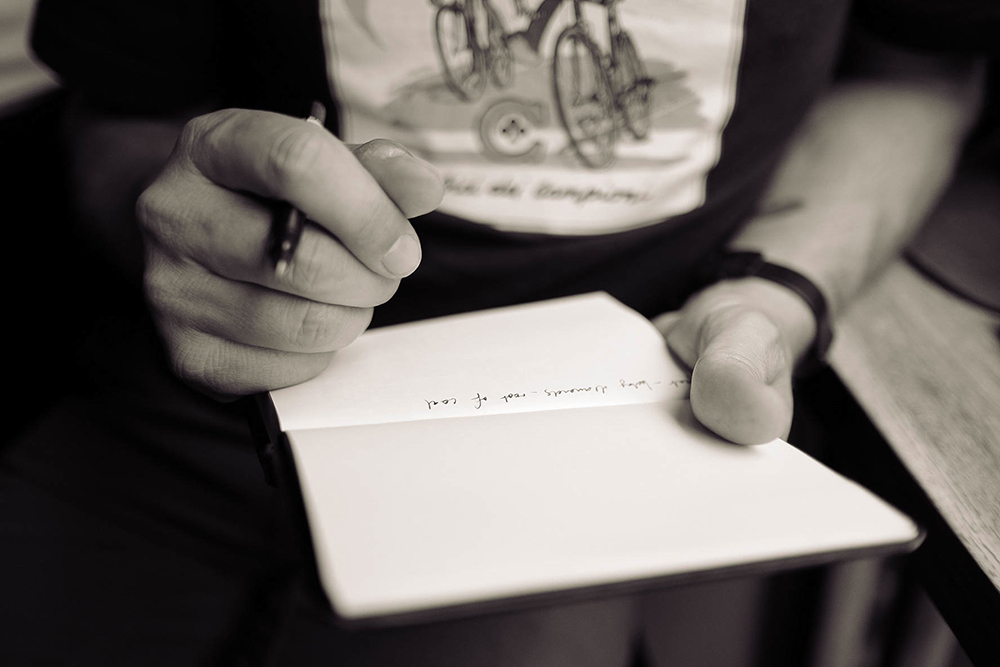
The intersection of knowledge and narrative, of informed journalism, is the heart of what the Journalist’s Resource project continues to explore. In the short essay below, Nicholas Lemann, a professor and dean emeritus at the Columbia Journalism School and a longtime staff writer for The New Yorker, articulates a method for journalism that integrates knowledge while preserving the art of storytelling. We reprint it here with his permission:
____
A central problem in the practice of journalism is that most of the time, we are trying to engage in narrative and analysis at the same time. They don’t naturally go together. Journalists more often unwittingly let the narrative distort the analysis than vice versa. What follows is an attempt at a journalistic version of the scientific method, aimed at protecting us from writing stories that are factually accurate and narratively compelling, but still fail to capture the truth of a situation.
- Awareness. On any complicated subject, beware, when you set out, of overly simple conceptions of what ‘the story’ is. Often these involve your having unwittingly accepted somebody else’s frame of reference, or having been primed to see the story in a certain way, or having mistaken correlation for causation, or having succumbed to some other form of embedded misperception. As a first step, you should always stop and ask yourself what you have bought into before you have begun.
- Forming a hypothesis. It’s healthier to admit to yourself that you have one than to go into a story with the idea that you have no presuppositions at all – that would be impossible. You should state a working hypothesis (to yourself, anyway), and then ask yourself what would prove the hypothesis false and what would be an alternate hypothesis to explain whatever it is you are investigating. As you report, you should try not just to prove but also to disprove your working hypothesis, and you should engage in a continuing process of revision of the hypothesis, if necessary. If you don’t design your reporting in such a way that if your hypothesis is flawed, you will find that out before you finish the story, then you are leaving yourself open to getting the story seriously wrong.
- Mapping the discourse. On any important issue, there is likely to be a long-running debate with a set of established compass points. Therefore the idea that you can find ‘an expert’ who can explain the issue quickly over the phone is unrealistic, and so, probably, is the idea that you can find two experts, one on each side, who between them can do justice to the subject. Instead, you should familiarize yourself with the expert discourse on the subject. You don’t need to read everything, but you need to know what the major schools of thought are, and where the debate stands at present, and you should be able to read the primary material for yourself as a way of enriching what other people tell you about it.
- Evaluating the data. Never accept a conclusion from an expert at face value. Instead, you should follow the steps that led to the conclusion, and you should make some judgment as to whether the methodology and presentation are sound. You should also find out whether somebody else has drawn a different conclusion about the same subject.
- Transparency. Journalism is not scholarship and does not generally use bibliographies or footnotes, but you should use attribution in your work in such a way that readers and colleagues can see, to the greatest extent possible, where your information came from and how you have reached your conclusions. Therefore, the use of anonymous sources should be kept to a minimum – you should always try to avoid saying something important with only the testimony of an unnamed person as proof. Even your journalistic competitors should be able to tell, from your work, how to pursue your story further.
Nicholas Lemann is the Joseph Pulitzer II and Edith Pulitzer Moore Professor of Journalism and Dean Emeritus at the Columbia University Graduate School of Journalism.
Keywords: reporting, style, writing
